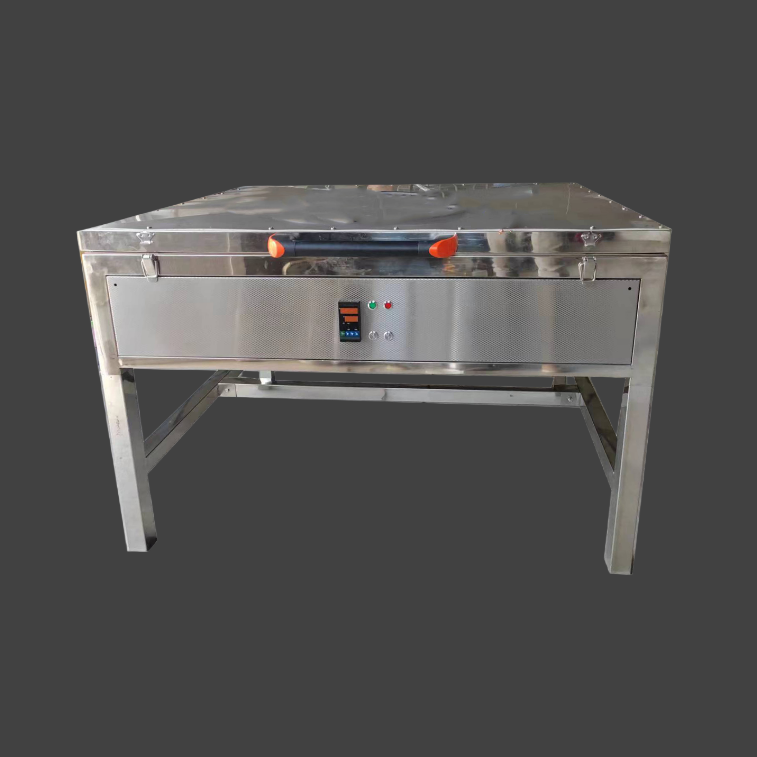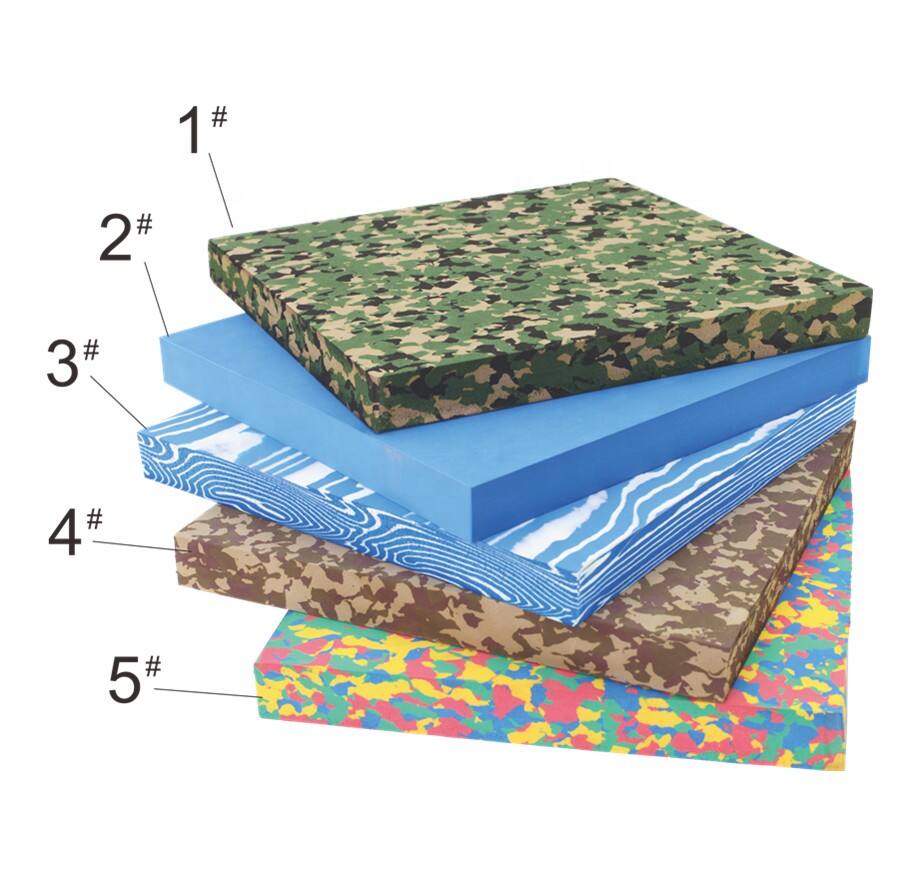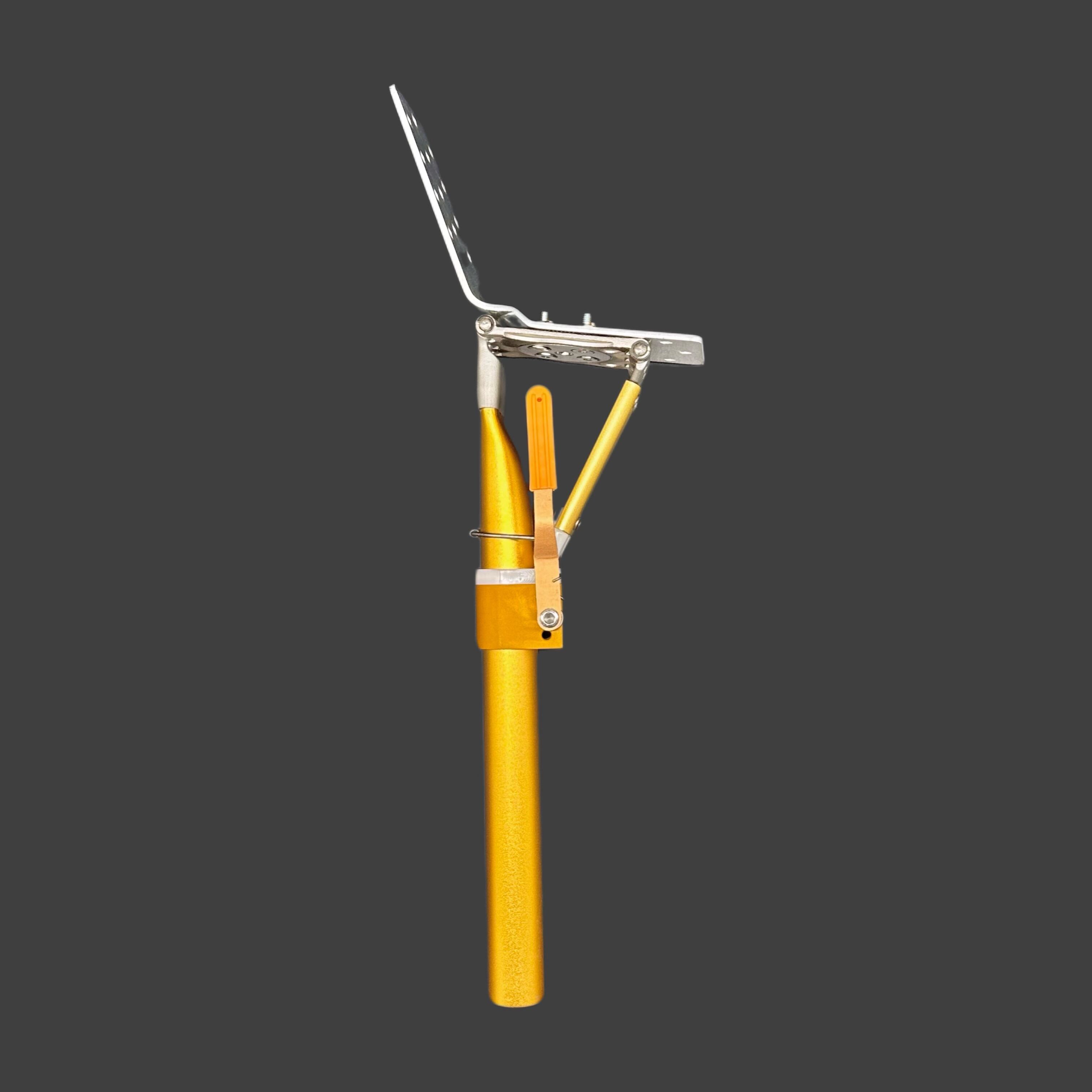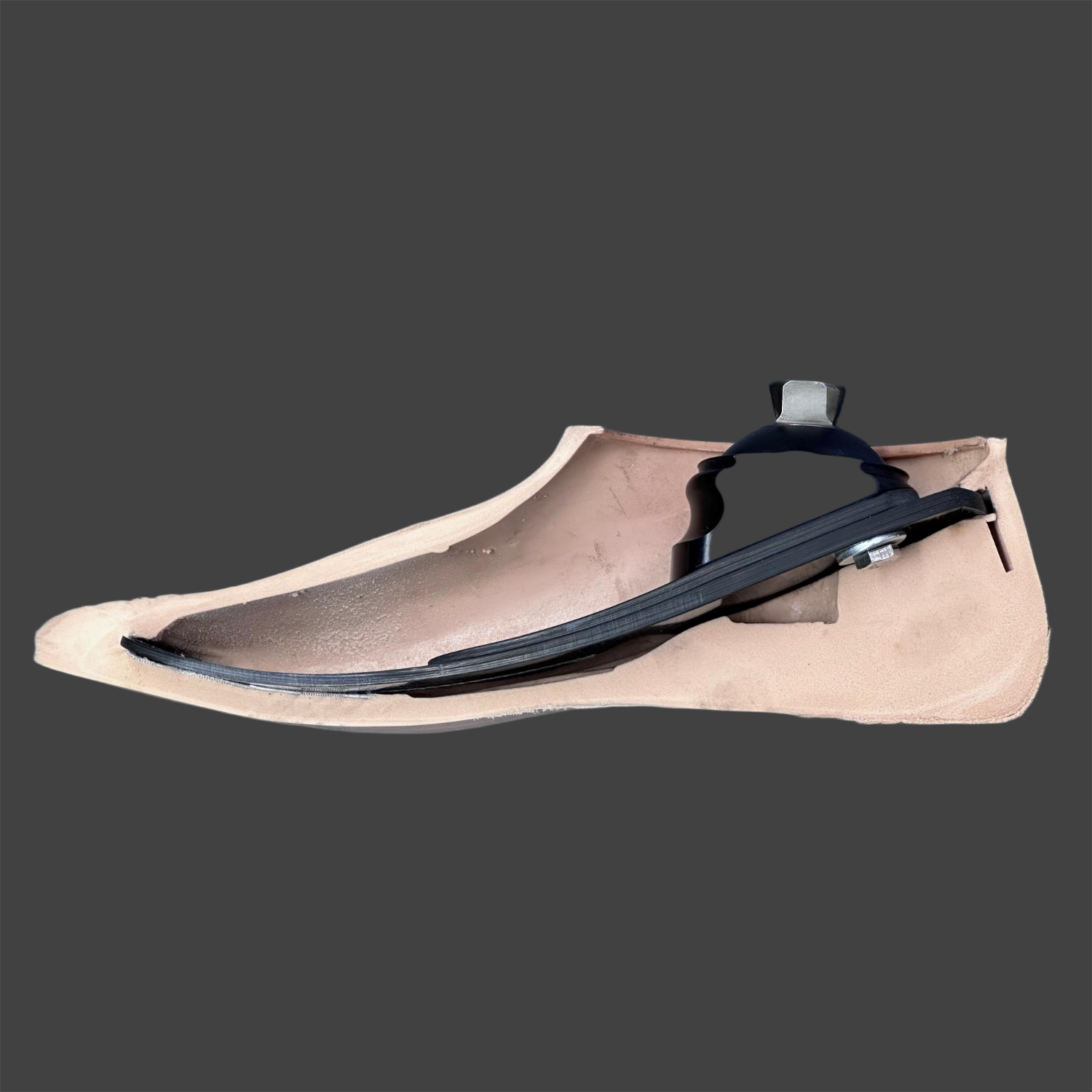Advanced Neural Integration System
The bionic responsive prosthetic's neural integration system represents a revolutionary approach to prosthetic control. This sophisticated technology utilizes an array of highly sensitive neural sensors that detect and interpret the smallest muscle movements and nerve signals from the residual limb. The system's advanced machine learning algorithms continuously adapt to the user's movement patterns, creating an increasingly personalized and natural control experience over time. The neural interface processes signals with negligible latency, typically less than 100 milliseconds, ensuring that movements feel instantaneous and natural. This rapid response time, combined with the system's ability to recognize and interpret multiple simultaneous commands, allows users to perform complex movements with unprecedented fluidity and precision.










